Structure your data with interoperable templates
At CircularPass, template management allows you to define, structure, and reuse your product data in a standardised way.
Thanks to an interoperable semantic model, each template acts as a common framework that ensures consistency, traceability, and compatibility with international digital passport regulations.
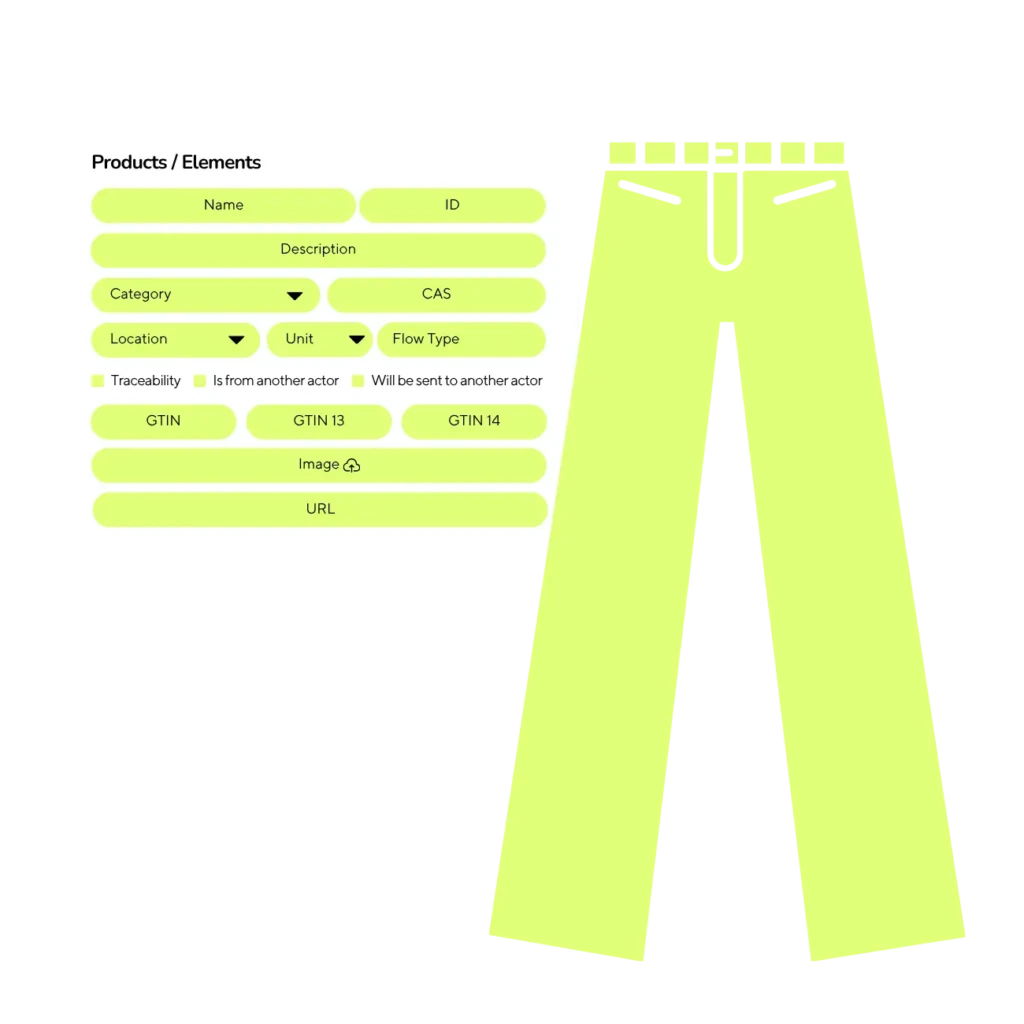
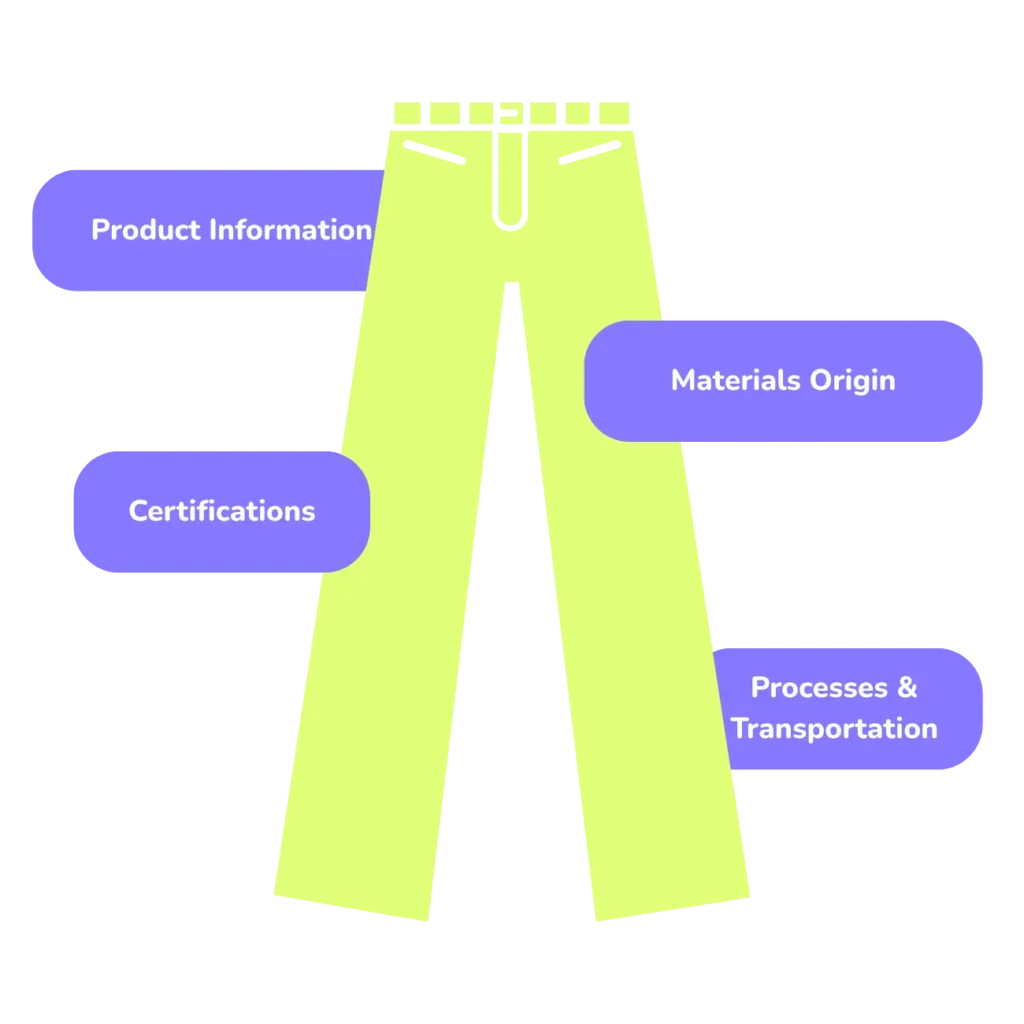
What is template management?
Template management is the system that allows you to define, structure and reuse sets of data properties that describe products, materials or processes within the CircularPass ecosystem.
Each template functions as a standardised information model, where the fields and attributes that make up a digital product passport are organised.
Its purpose is to ensure that all data is recorded in a consistent and verifiable format, allowing information to be comparable between products, projects or companies. Thanks to this semantic approach, templates act as a common language that connects different systems, ensuring interoperability with international standards such as GS1, Schema.org or UNECE DPP.

How does template management work?
The CircularPass template management module acts as the semantic core of the system, organising the information that shapes digital product passports. It operates on a modular and reusable structure that allows companies to define what data is collected, how it is related, and in what format it is shared.
Creating properties
Each template consists of properties (information fields such as ‘material composition’, ‘country of origin’ or ‘carbon footprint’) that are defined with their type, description and unit of measurement. These properties form the basis on which data models are built.
Grouping using templates
Properties are grouped into data templates that represent a common information model. These templates can be reused in different products or categories, ensuring consistency and traceability.
Inheritance and hierarchy
Templates can be organised hierarchically, allowing some to inherit properties from others. This facilitates the creation of complex data structures, such as subcomponents or composite materials, without losing clarity or consistency.
Compatibility and interoperability
The entire system is designed under a JSON-LD model compatible with international vocabularies such as GS1, Schema.org and UNECE DPP. This means that templates can be exchanged or integrated with other systems without losing meaning or structure.
Reuse and versioning
Each template has version control, allowing its content to be updated or improved while maintaining the traceability of previous data. Versions can coexist, ensuring that old digital passports remain valid and comparable.
Other Features
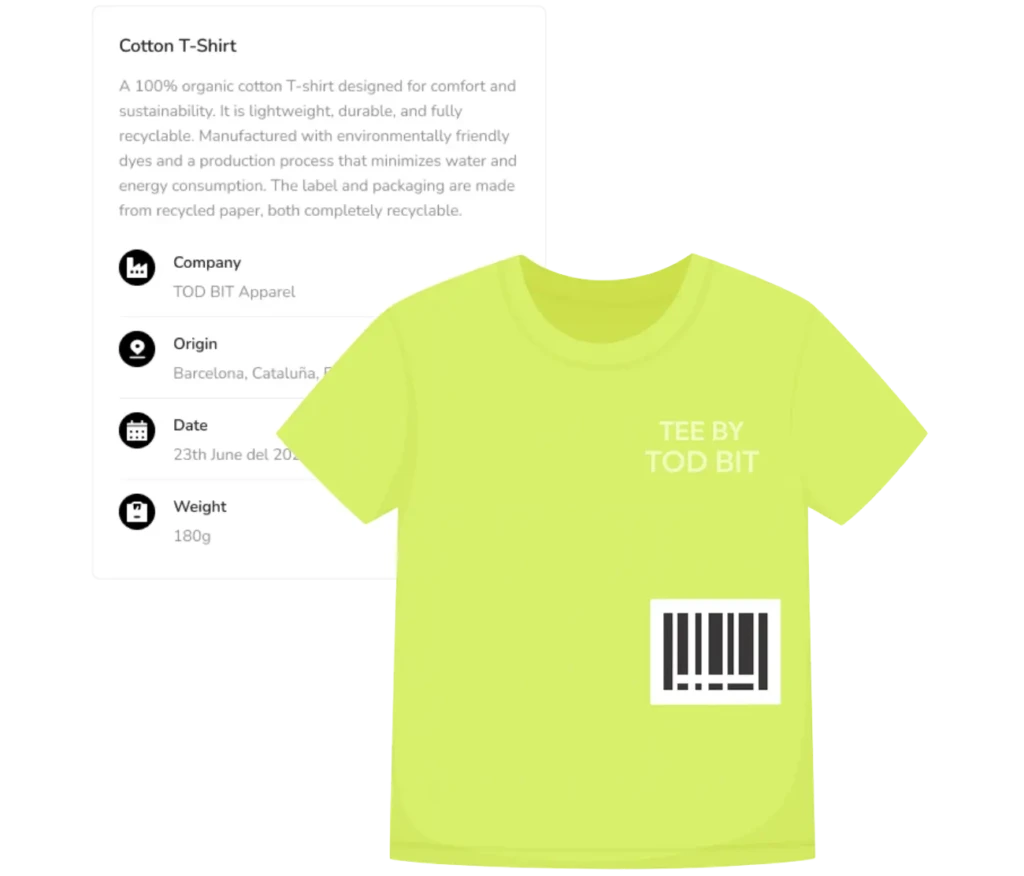
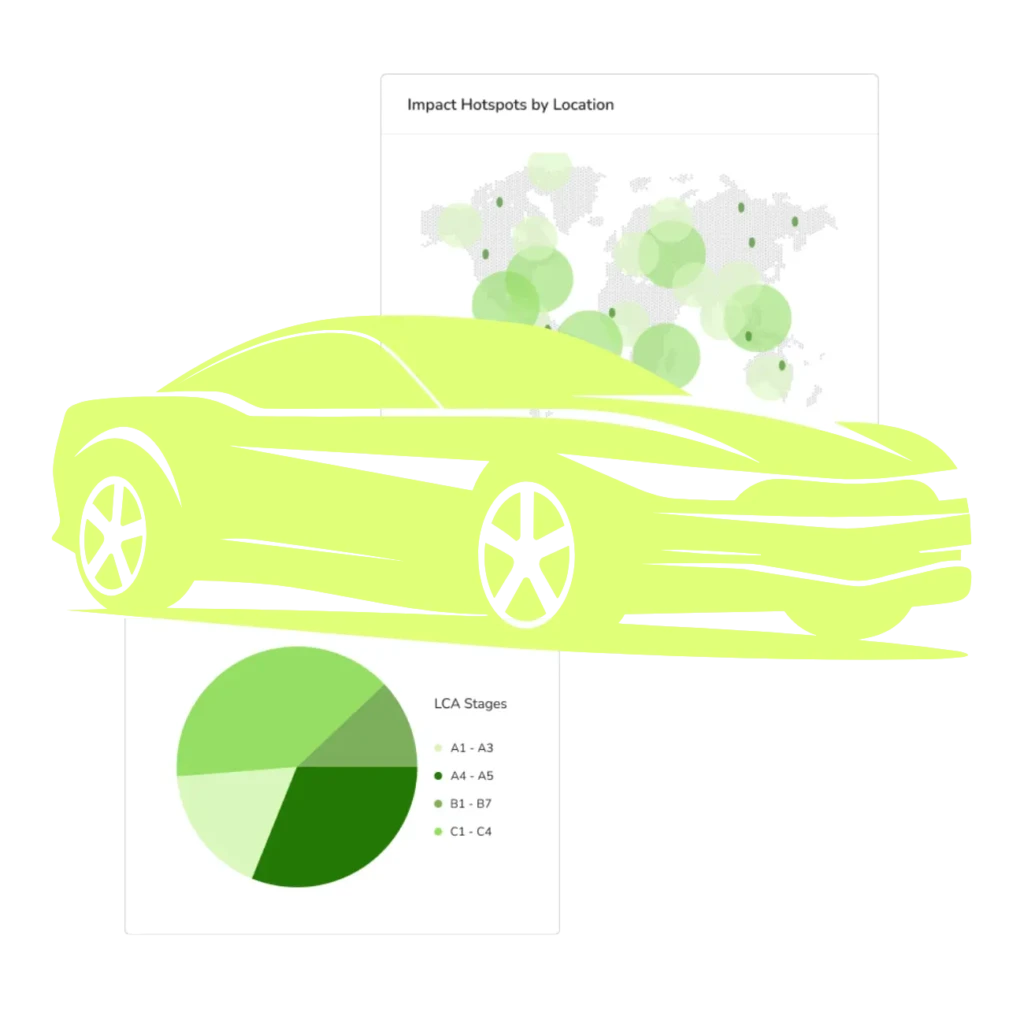
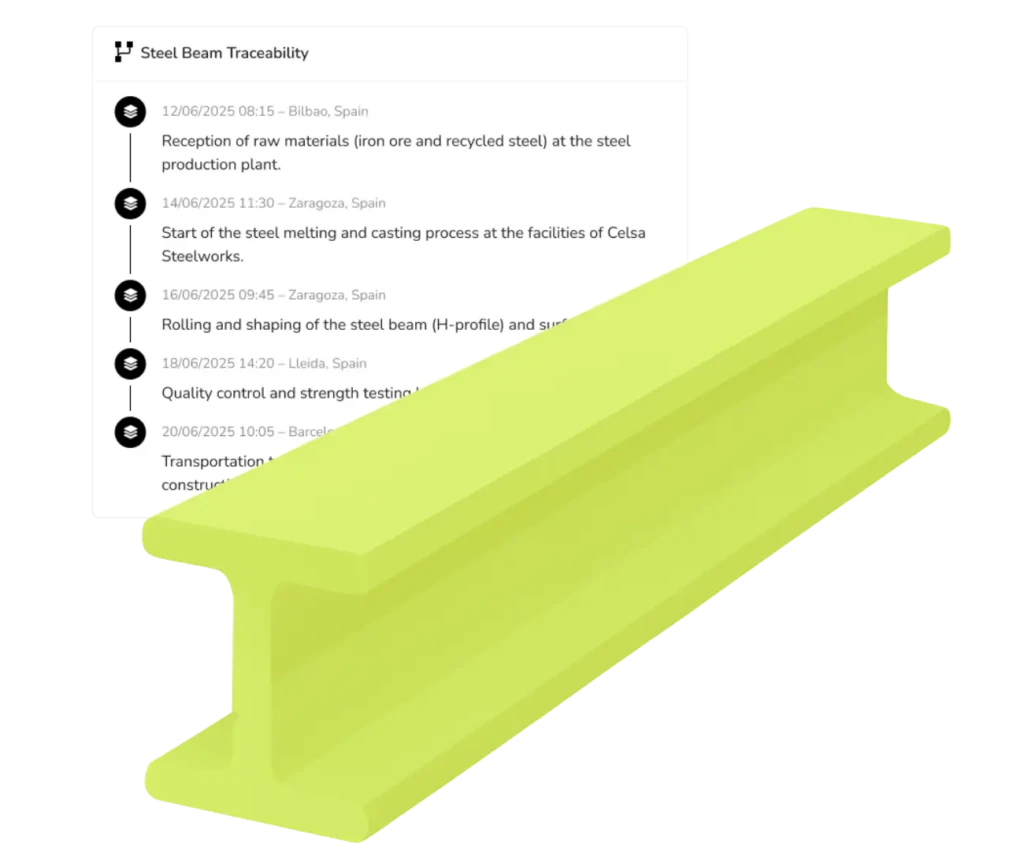
Start Your Journey to Supply Chain Transparency Today
Start Your Journey to Supply Chain Transparency Today
